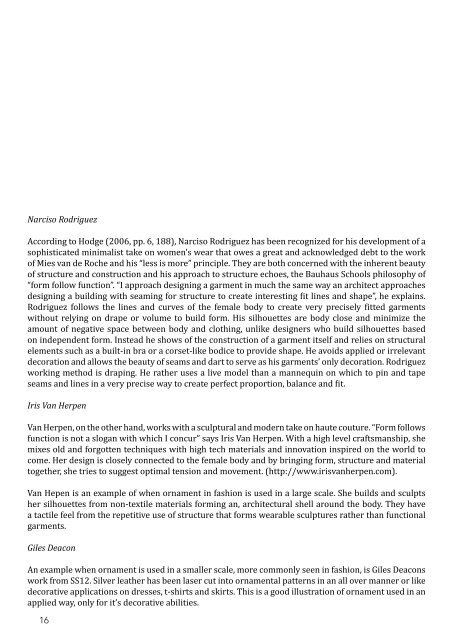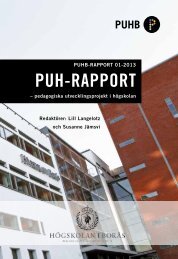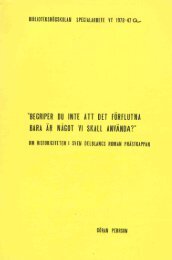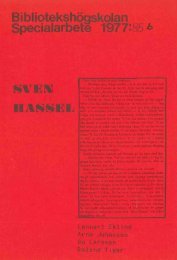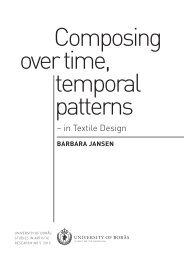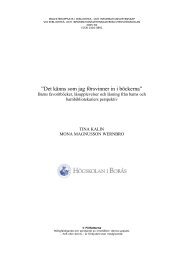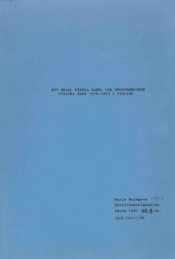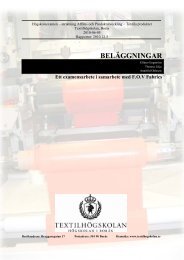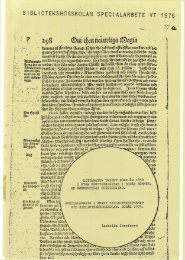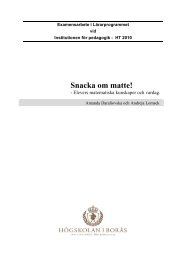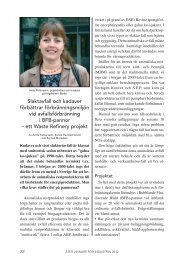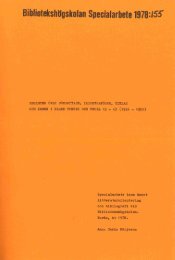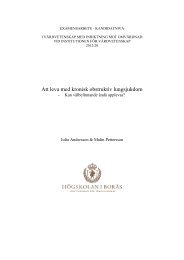KURBITCH! - BADA
KURBITCH! - BADA
KURBITCH! - BADA
Create successful ePaper yourself
Turn your PDF publications into a flip-book with our unique Google optimized e-Paper software.
Narciso Rodriguez<br />
Fig. 8 Fitting in Narciso Rodriguez studio.<br />
According to Hodge (2006, pp. 6, 188), Narciso Rodriguez has been recognized for his development of a<br />
sophisticated minimalist take on women’s wear that owes a great and acknowledged debt to the work<br />
of Mies van de Roche and his “less is more” principle. They are both concerned with the inherent beauty<br />
of structure and construction and his approach to structure echoes, the Bauhaus Schools philosophy of<br />
“form follow function”. “I approach designing a garment in much the same way an architect approaches<br />
designing a building with seaming for structure to create interesting fit lines and shape”, he explains.<br />
Rodriguez follows the lines and curves of the female body to create very precisely fitted garments<br />
without relying on drape or volume to build form. His silhouettes are body close and minimize the<br />
amount of negative space between body and clothing, unlike designers who build silhouettes based<br />
on independent form. Instead he shows of the construction of a garment itself and relies on structural<br />
elements such as a built-in bra or a corset-like bodice to provide shape. He avoids applied or irrelevant<br />
decoration and allows the beauty of seams and dart to serve as his garments’ only decoration. Rodriguez<br />
working method is draping. He rather uses a live model than a mannequin on which to pin and tape<br />
seams and lines in a very precise way to create perfect proportion, balance and fit.<br />
Iris Van Herpen<br />
Van Herpen, on the other hand, works with a sculptural and modern take on haute couture. “Form follows<br />
function is not a slogan with which I concur” says Iris Van Herpen. With a high level craftsmanship, she<br />
mixes old and forgotten techniques with high tech materials and innovation inspired on the world to<br />
come. Her design is closely connected to the female body and by bringing form, structure and material<br />
together, she tries to suggest optimal tension and movement. (http://www.irisvanherpen.com).<br />
Examples of Iris Van Herpens sculptural Haute Couture, fig. 9,10,11. (http://www.irisvanherpen.com).<br />
Van Hepen is an example of when ornament in fashion is used in a large scale. She builds and sculpts<br />
her silhouettes from non-textile materials forming an, architectural shell around the body. They have<br />
a tactile feel from the repetitive use of structure that forms wearable sculptures rather than functional<br />
garments.<br />
Giles Deacon<br />
An example when ornament is used in a smaller scale, more commonly seen in fashion, is Giles Deacons<br />
work from SS12. Silver leather has been laser cut into ornamental patterns in an all over manner or like<br />
decorative applications on dresses, t-shirts and skirts. This is a good illustration of ornament used in an<br />
applied way, only for it’s decorative abilities.<br />
Giles lasercuts from ss12, fig. 12, 13, 14. (http://thecuttingclass.com/post/10801851972/laser-cut-silver-leather-giles)<br />
16 17


